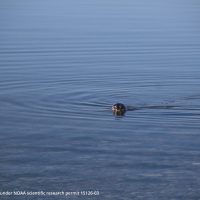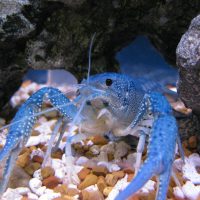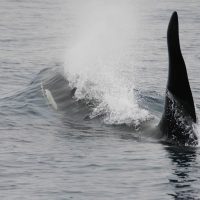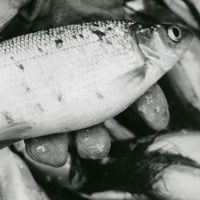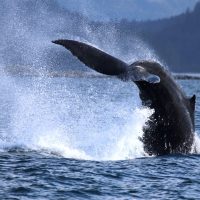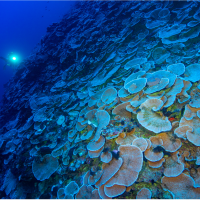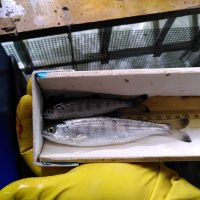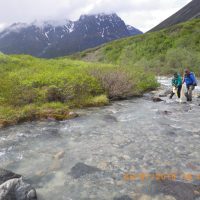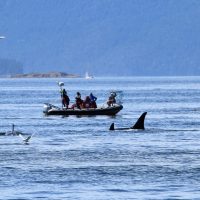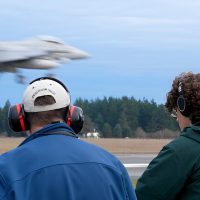Filter Results
Harbor seals and fish parasites: How two undergrads contributed to major discoveries in cryptic diversity
Taking the AERA class as part of the Alaska Salmon Program was a pivotal moment for two undergrads, who went on to contribute to major discoveries in cryptic diversity in two vastly different species: harbor seals and fish parasites.
Read moreClicks not bricks: A global assessment of the online trade of ornamental crayfish
They may be small, but crayfish are mighty in other ways, one of them being invasive risk in areas where they are not natively found. Crayfish are increasingly being traded online for ornamental purposes, such as aquariums, and in a new study led by SAFS Professor Julian Olden, the first ever global assessment of the online trade in and associated invasion risk of freshwater crayfishes was conducted.
Read moreWhat’s for dinner? Scientists unearth key clues to cuisine of resident killer whales
A team led by researchers at the University of Washington and the National Oceanic and Atmospheric Administration has uncovered key information about what resident killer whale populations are eating. Researchers had long known that resident killer whales prefer to hunt fish, particularly salmon. But some populations thrive, while others have struggled.
Read moreThe globalization of the aquatic food trade
In an increasingly globalized world, aquatic foods have followed the same trend. Seafood is one of the most highly traded foods in the world and is a critical resource for human nutrition, livelihoods, and revenue. But despite this globalization trend, researchers have revealed that the basic characteristics of aquatic food trade remain largely unknown.
Read moreRapid increase rates in large whale populations continue until they near carrying capacity
In a new study challenging conventional thinking about how populations of large baleen whales recover from whaling, researchers have revealed that populations continue increasing rapidly for a wide range of recovery levels, only slowing once approaching pre-whaling levels.
Read moreA 3D view of ocean conservation and fishing activities
In recent years, there has been a global push to expand marine conservation efforts, but the quality of the implemented conservation network has often been neglected in favor of quantity. In a new paper published in Nature Communications, Juliette Jacquemont tackles one of the limitations of marine spatial planning by conducting the first global assessment of the 3D distribution of fishing activities and conservation coverage.
Read moreAre wild salmon following hatchery salmon? Testing the Pied Piper hypothesis
Ever heard of the Pied Piper? What about in the context of fisheries research? Taking the concept embodied by the Pied Piper story of strong but delusive enticement, Maria Kuruvilla applied it to hatchery fish and wild salmon in three Washington State rivers during their migratory journey downriver.
Read moreExamining the gap between ecological science and environmental management
Working for more than 15 years in Alaska’s Bristol Bay region, SAFS PhD student Sarah O’Neal, recently published a new paper in BioScience examining the gap between ecological science and environmental management. Sarah’s article focuses on indirect ecological effects and how these are often defined differently in regulatory decisions.
Read moreBest practices in marine mammal research: developing a toolkit for sample collection and preservation
Over the last two decades, there has been huge growth in the availability of different ‘omics methods used to study marine mammals. A new paper published in Marine Mammal Science, involving 19 scientists from around the globe, has laid out best practices for collecting and preserving marine mammal biological samples in the ‘omics era.
Read moreNavy Growler jet noise over Whidbey Island could impact 74,000 people’s health
According to new research published by SAFS grad student, Giordano Jacuzzi, military aircraft noise from Naval Air Station Whidbey Island presents a substantial risk to public health.
Read more